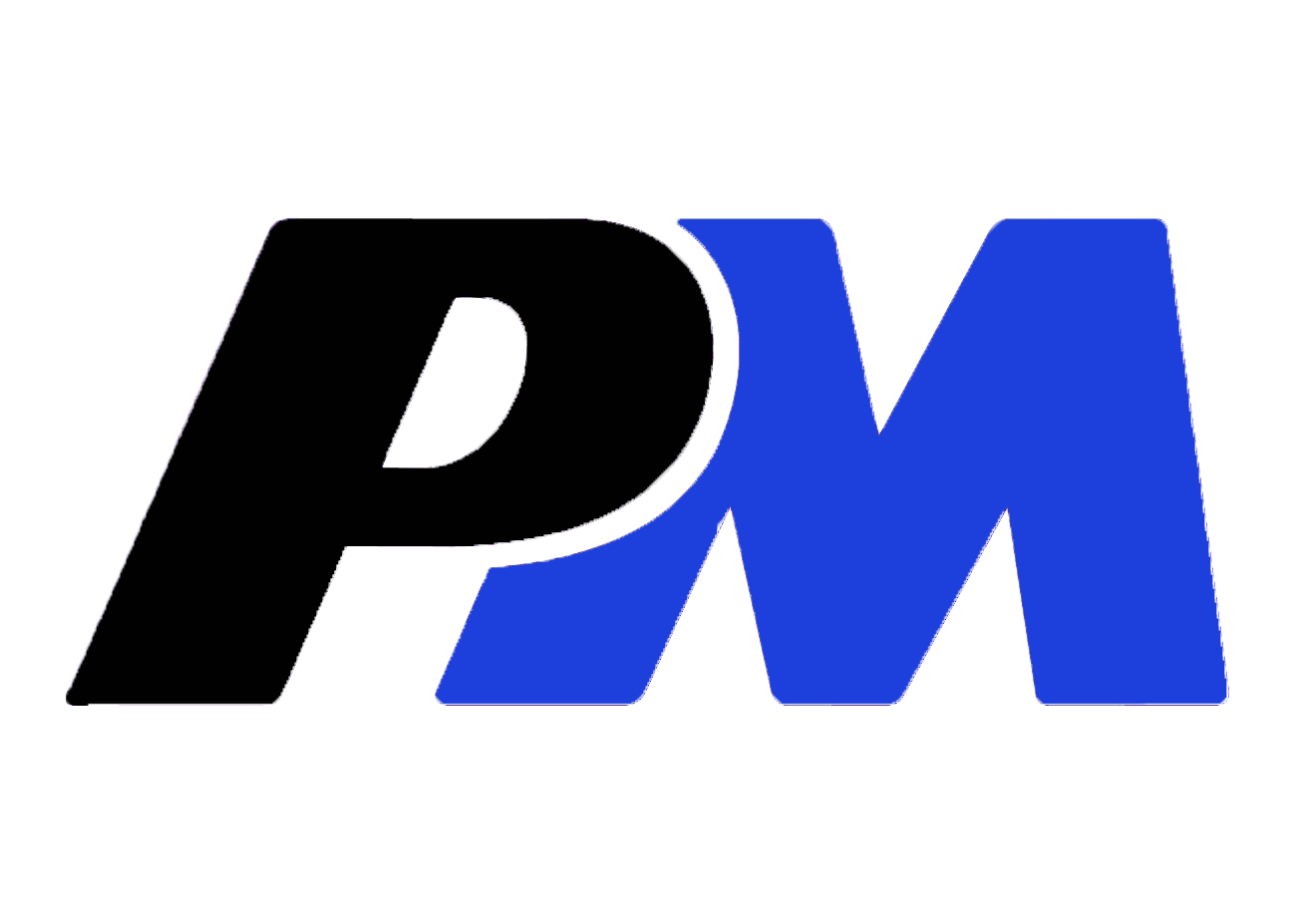 A functional organization is one where the functional managers have all the power. Here's an example: most software companies have the programmers reporting to a development manager, who is responsible for hiring/firing, reviews, salaries, and also assigning work to the developers. There's often someone with the title "project manager", but this person really only takes down notes at status meetings and does bookkeeping -- but has no actual authority to plan projects, assign work or manage changes. We call that role a project expeditor, and the person filling that role usually reports directly to the functional manager. Any power he or she has is explicitly delegated. All project management decisions need to be cleared with the functional manager, and the only "project management" tasks are simple administrative work. From the perspective of the PMP exam, this is the least effective kind of organization. A matrix organization is one where the team reports to a functional manager, but there is also a project manager who has authority to manage the project and lead the team. There are three kinds of matrix organizations: - In a weak matrix, the project manager is usually a part-time role. In many cases, the project manager is really a project coordinator, which is more of an administrative role (like the project expeditor) but does have some limited authority over the project and usually reports to a higher-level manager. The budget is controlled by the functional manager, and all major project decisions must be cleared with the functional manager. - In a balanced matrix, the project manager is a full-time role with more authority. Project decisions and budget responsibilities are shared between the functional manager and the project manager -- the project manager needs to clear decisions with the functional manager, but the functional manager also needs to clear decisions with the project manager. - In a strong matrix, the project manager has more authority over the project than the A functional organization is one where the functional managers have all the power. Here's an example: most software companies have the programmers reporting to a development manager, who is responsible for hiring/firing, reviews, salaries, and also assigning work to the developers. There's often someone with the title "project manager", but this person really only takes down notes at status meetings and does bookkeeping -- but has no actual authority to plan projects, assign work or manage changes. We call that role a project expeditor, and the person filling that role usually reports directly to the functional manager. Any power he or she has is explicitly delegated. All project management decisions need to be cleared with the functional manager, and the only "project management" tasks are simple administrative work. From the perspective of the PMP exam, this is the least effective kind of organization. A matrix organization is one where the team reports to a functional manager, but there is also a project manager who has authority to manage the project and lead the team. There are three kinds of matrix organizations: - In a weak matrix, the project manager is usually a part-time role. In many cases, the project manager is really a project coordinator, which is more of an administrative role (like the project expeditor) but does have some limited authority over the project and usually reports to a higher-level manager. The budget is controlled by the functional manager, and all major project decisions must be cleared with the functional manager. - In a balanced matrix, the project manager is a full-time role with more authority. Project decisions and budget responsibilities are shared between the functional manager and the project manager -- the project manager needs to clear decisions with the functional manager, but the functional manager also needs to clear decisions with the project manager. - In a strong matrix, the project manager has more authority over the project than the
functional manager. The functional manager's role is more concerned with making sure the team members' professional development and organizational needs are met, while the project manager makes the bulk of the project-related decisions and generally doesn't need to get the functional manager's approval for them. Of the three matrix organizations, this is the most desirable one. Finally, a projective organization is one where the project manager has full authority, and if there is a functional manager he has very limited authority. Many consulting companies and construction companies are set up like this, where a team is put together specifically for one contract or job, reports to the project manager for the duration of the project, and then the team is dissolved (and, when the team members are contracted individually, they are no longer part of the organization). The project manager has complete authority to assign work to the team, work with the budget, manage changes, and carry out all project management processes.
|




 A functional organization is one where the functional managers have all the power. Here's an example: most software companies have the programmers reporting to a development manager, who is responsible for hiring/firing, reviews, salaries, and also assigning work to the developers. There's often someone with the title "project manager", but this person really only takes down notes at status meetings and does bookkeeping -- but has no actual authority to plan projects, assign work or manage changes. We call that role a project expeditor, and the person filling that role usually reports directly to the functional manager. Any power he or she has is explicitly delegated. All project management decisions need to be cleared with the functional manager, and the only "project management" tasks are simple administrative work. From the perspective of the PMP exam, this is the least effective kind of organization. A matrix organization is one where the team reports to a functional manager, but there is also a project manager who has authority to manage the project and lead the team. There are three kinds of matrix organizations: - In a weak matrix, the project manager is usually a part-time role. In many cases, the project manager is really a project coordinator, which is more of an administrative role (like the project expeditor) but does have some limited authority over the project and usually reports to a higher-level manager. The budget is controlled by the functional manager, and all major project decisions must be cleared with the functional manager. - In a balanced matrix, the project manager is a full-time role with more authority. Project decisions and budget responsibilities are shared between the functional manager and the project manager -- the project manager needs to clear decisions with the functional manager, but the functional manager also needs to clear decisions with the project manager. - In a strong matrix, the project manager has more authority over the project than the
A functional organization is one where the functional managers have all the power. Here's an example: most software companies have the programmers reporting to a development manager, who is responsible for hiring/firing, reviews, salaries, and also assigning work to the developers. There's often someone with the title "project manager", but this person really only takes down notes at status meetings and does bookkeeping -- but has no actual authority to plan projects, assign work or manage changes. We call that role a project expeditor, and the person filling that role usually reports directly to the functional manager. Any power he or she has is explicitly delegated. All project management decisions need to be cleared with the functional manager, and the only "project management" tasks are simple administrative work. From the perspective of the PMP exam, this is the least effective kind of organization. A matrix organization is one where the team reports to a functional manager, but there is also a project manager who has authority to manage the project and lead the team. There are three kinds of matrix organizations: - In a weak matrix, the project manager is usually a part-time role. In many cases, the project manager is really a project coordinator, which is more of an administrative role (like the project expeditor) but does have some limited authority over the project and usually reports to a higher-level manager. The budget is controlled by the functional manager, and all major project decisions must be cleared with the functional manager. - In a balanced matrix, the project manager is a full-time role with more authority. Project decisions and budget responsibilities are shared between the functional manager and the project manager -- the project manager needs to clear decisions with the functional manager, but the functional manager also needs to clear decisions with the project manager. - In a strong matrix, the project manager has more authority over the project than the